I was asked how to verify that an engine in a car that was being sold as a 383 was in fact a 383 and not a 350 or some other displacement WITHOUT the necessity to pull the heads and measure the bore and stroke
for this test you don,t need to verify compression or anything but sweep or engine displacement, you can do this in about 30 minutes or less rather easily.
https://www.speedwaymotors.com/Speedway-Engine-Cubic-Inch-Tester-Tool,703.html
https://static.speedwaymotors.com/pdf/550-3200.pdf
you can pay over $1000 for a pro engine displacement test kit or less than $60 bucks to measure engine displacement rather accurately if you take your time and measure accurately with far less but still useful tools you can locate locally.
https://spicerparts.com/calculators/engine-displacement-calculator
https://www.cabletiesandmore.com/he...MI472p_prx6gIVTL7ACh0anQDuEAQYAyABEgL0AvD_BwE
https://www.amazon.com/Plastic-Wate...t=&hvlocphy=9012039&hvtargid=pla-568973274459
a couple 100 cc syringe tubes may be handy of change/adjust fluid levels during the displacement test
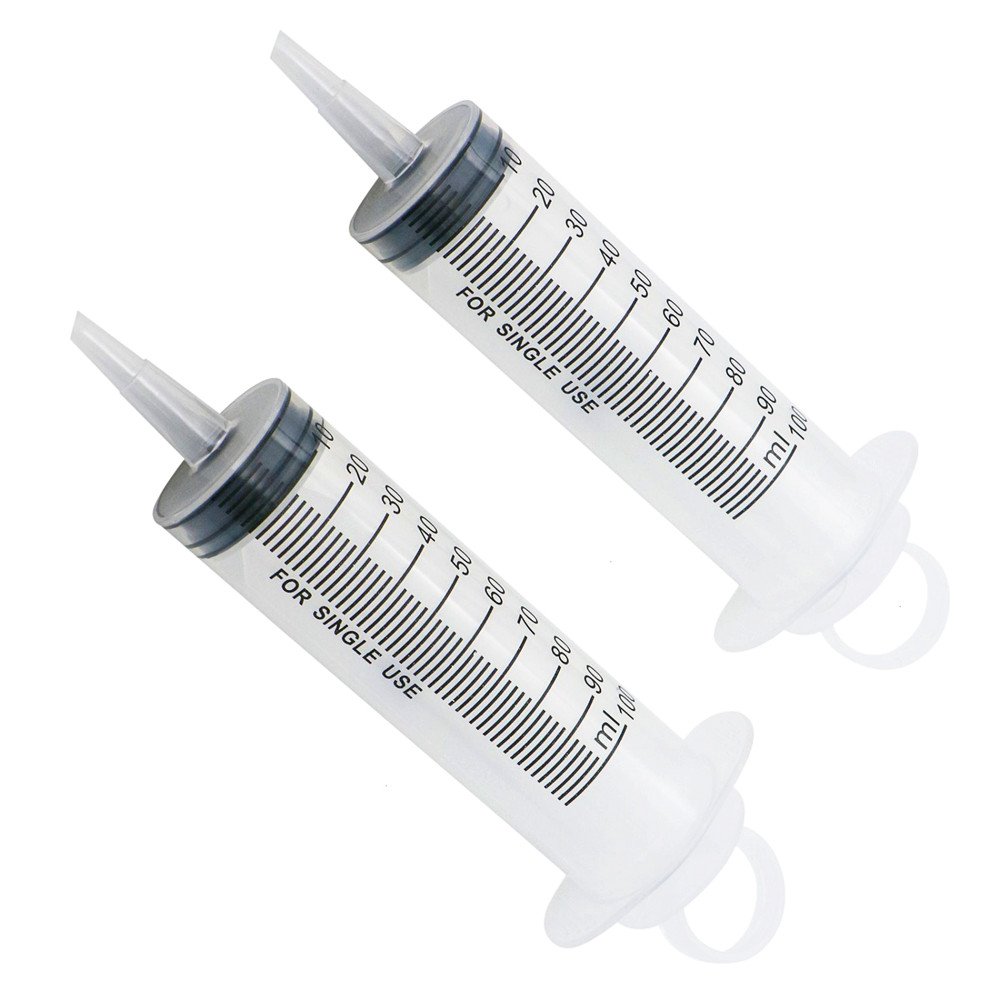
youll need a few tools but you won,t need the gauge only the adapter and hose from the compression test kit and a couple 1000cc containers marked in cc volume
a bit of duct tape and a couple quarts of MMO and a good idea of what your doing.
you verify the engine displacement by using this formula
bore x bore x stroke x number of cylinders x .7854= cubic inches of displacement
16.3871 ccs = 1 cubic inch
lets say you have a SBC of unknown displacement, but you suspect its a 350 cubic inch
350 /8 = 43.75 cubic inches or 717 ccs of cylinder volume
if you think its a different size engine do the related math.
to find an engines displacement while the engines still in the car, without disassembly,
you do the following procedure (usually youll be within 4%) to get a very close but not necessarily exact answer
you'll need a few tools and a way to accurately measure fluid volume
https://www.amazon.com/Healthstar-Graduated-Triangular-Polypropylene-Laboratory/dp/B075CT5YWG
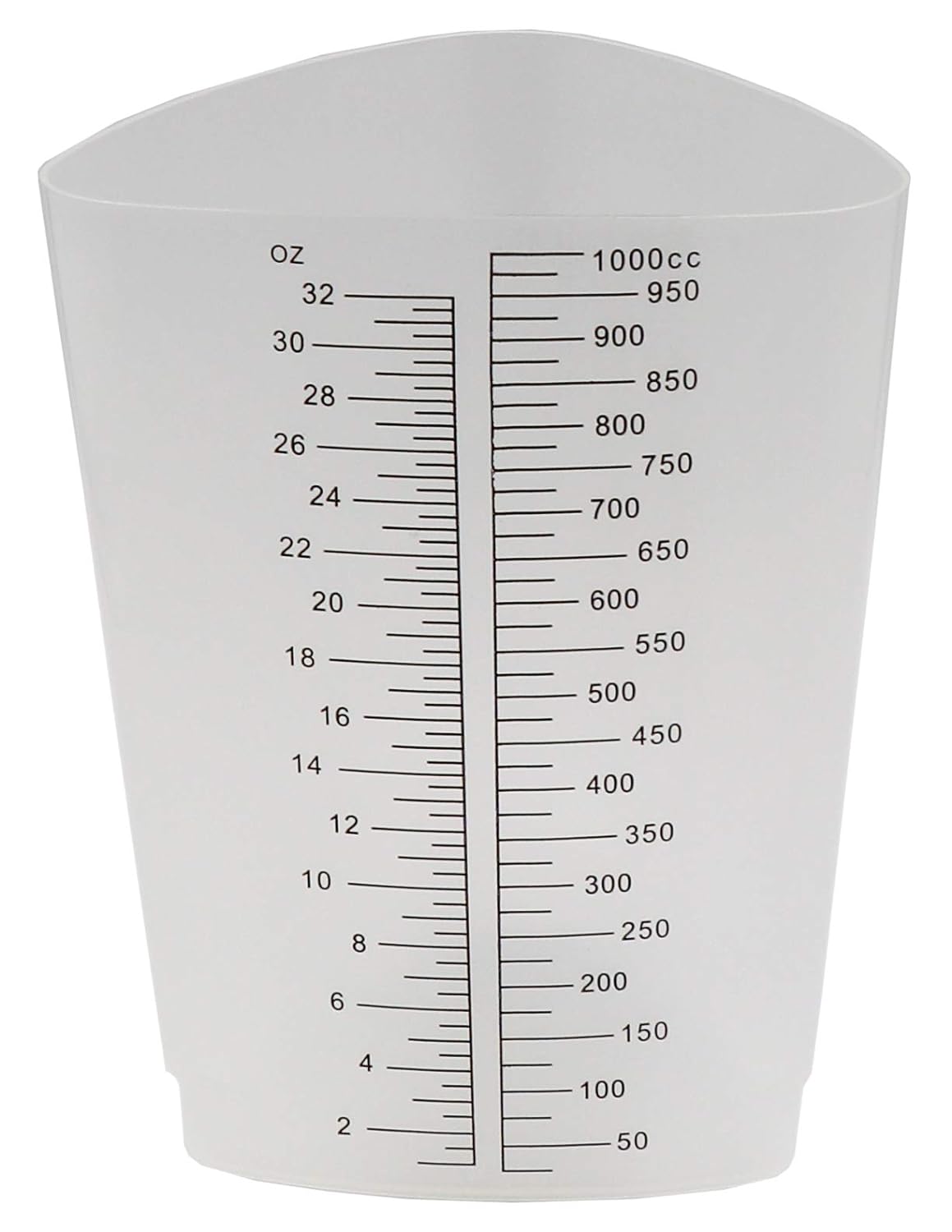
step one
verify the ignition wire to the coil is removed
and the rocker arms on the cylinder to be tested are temporarily removed
step two
remove all spark plugs and verify the dampers marked to indicate TDC
step three
select either cylinder #1 or #6
as TDC on the damper will apply to either one
step 4
find a breaker bar and socket that you can use to manually spin the engine over easily with using the damper bolt while you can verify TDC (TOP DEAD CENTER)
step 5
youll need a compression test tool and the spark plug adapter fitting that fits your engine and the hose and 1-2 quarts of marvel mystery oil as a checking fluid
and a funnel so you can spin the engine to TDC,
with a funnel on the tube to the spark plug adapter,
you screw the spark plug adapter into the cylinder head, attach the hose so its basically vertical,
use heat shrink tube to attach the funnel to the compression test tube and adapter
tape the hose and funnel so its location is vertical and well supported and sturdy.
before you start adding MMO ,place a very easily seen magic marker line on the side of the funnel at its narrowest point
you can see easily as a reference point.
with the cylinder at TDC pour in as much MMO as the cylinder will hold then have a buddy slowly add additional MMO oil or fluid as you turn the engine to BDC,
continue to turn the cylinder until there's at least 150cc in the cylinder, continue to rotate back to TDC,
yes some fluid will be pushed back out along with trapped air as the piston reverses direction and you return to TDC.
because the combustion chamber and quench area varies and could be anywhere in about the 130cc-60cc range.
you don,t need to know anything about the exact combustion chamber or quench volume at this point other than the trapped air is now forced out, this might take repeating the cylinder fill and several full repeated rotations in some cases before the trapped air is no longer there.
once your back at TDC with no air escaping,
the volume above piston and combustion chamber volume should now be full of MMO at TDC
once you're no longer getting air out of the cylinder with both valves seated because you removed the rockers,
when the rockers are removed and the pistons at TDC,
you consider that as the zero volume level,
now as you lower the piston to BDC once more,
start with the 1000cc measuring container carefully filled to the 1000cc level and the oil in the funnel at the magic marker reference line indicating its full at TDC,
be sure to accurately measure the added volume of MMO you use to fill the cylinder at TDC as the piston moves to BDC ,
as the piston moves to BDC
(BOTTOM DEAD CENTER)it will suck in more oil,
this will be your cylinder volume within 2%-3% if you measured correctly,
now lets say it took 785 cc of MMO to fill the cylinder to the funnel; mark at BDC
785cc x 8=6277 or divided by 16.387= a 383
if it took 717cc x 8=5736cc divided by 16.387= 350 cubic inches
once you have the measurements accurately done replace all the spark plugs except the cylinder you used to measure displacement and remove the adapter from the spark plug threaded hole, now don,t use the starter,
manually turn the engine over several times with only the exhaust rocker in place, and properly adjusted, reconnect the ignition wiring, and coil wire.
don,t insert a spark plug in the tested cylinder but do re-install the intake rocker and adjust that and the exhaust rocker before you test to start the engine with only the 7 non- oil-contaminated cylinders connected, it will maker a lot of noise and spray a bit of oil mist but it won,t do the engine any real harm to start it and let it purge oil mist out the missing spark plug hole,
as it runs for let's say two minutes, once that's done, replace the spark plug, it will cause the engine to smoke for a couple of minutes as the rings burn off the excess MMO but that will rapidly clear up.
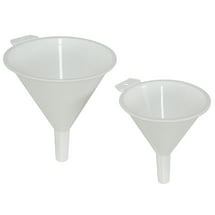 https://www.walmart.com/grocery/ip/...4-9bee-8c6939a7eec8&athancid=null&athena=true
https://www.walmart.com/grocery/ip/...4-9bee-8c6939a7eec8&athancid=null&athena=true
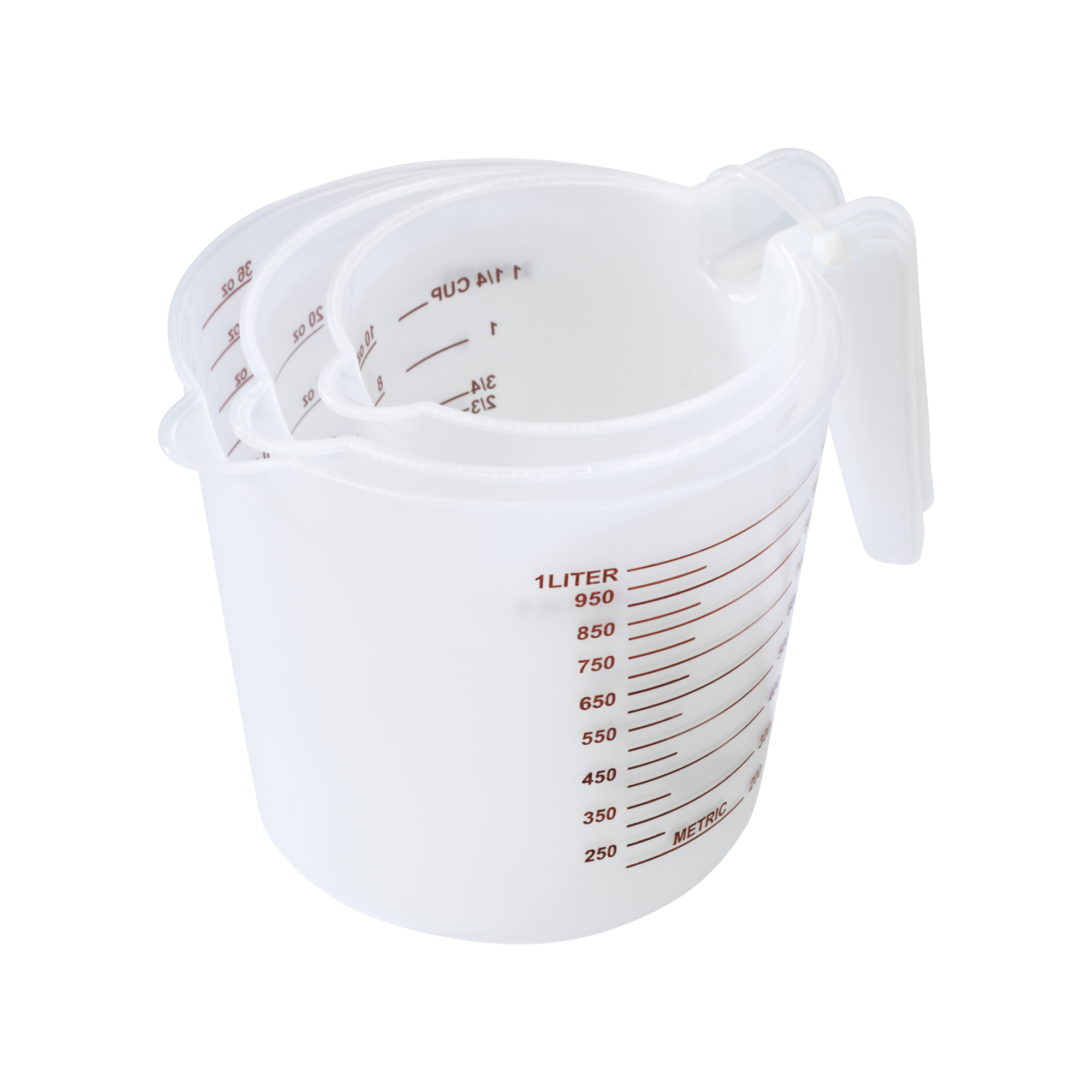
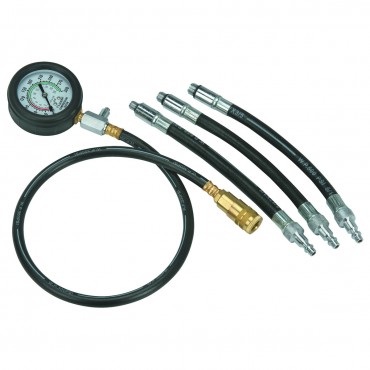
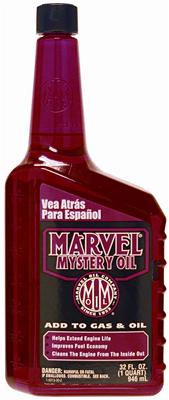
https://www.amazon.com/PMD-Products...t=&hvlocphy=9012039&hvtargid=pla-567833388169
ONLY PARTS B and D from the compression test tool will be used. make sure the adapter and hose are clear and open and oil easily flows through both
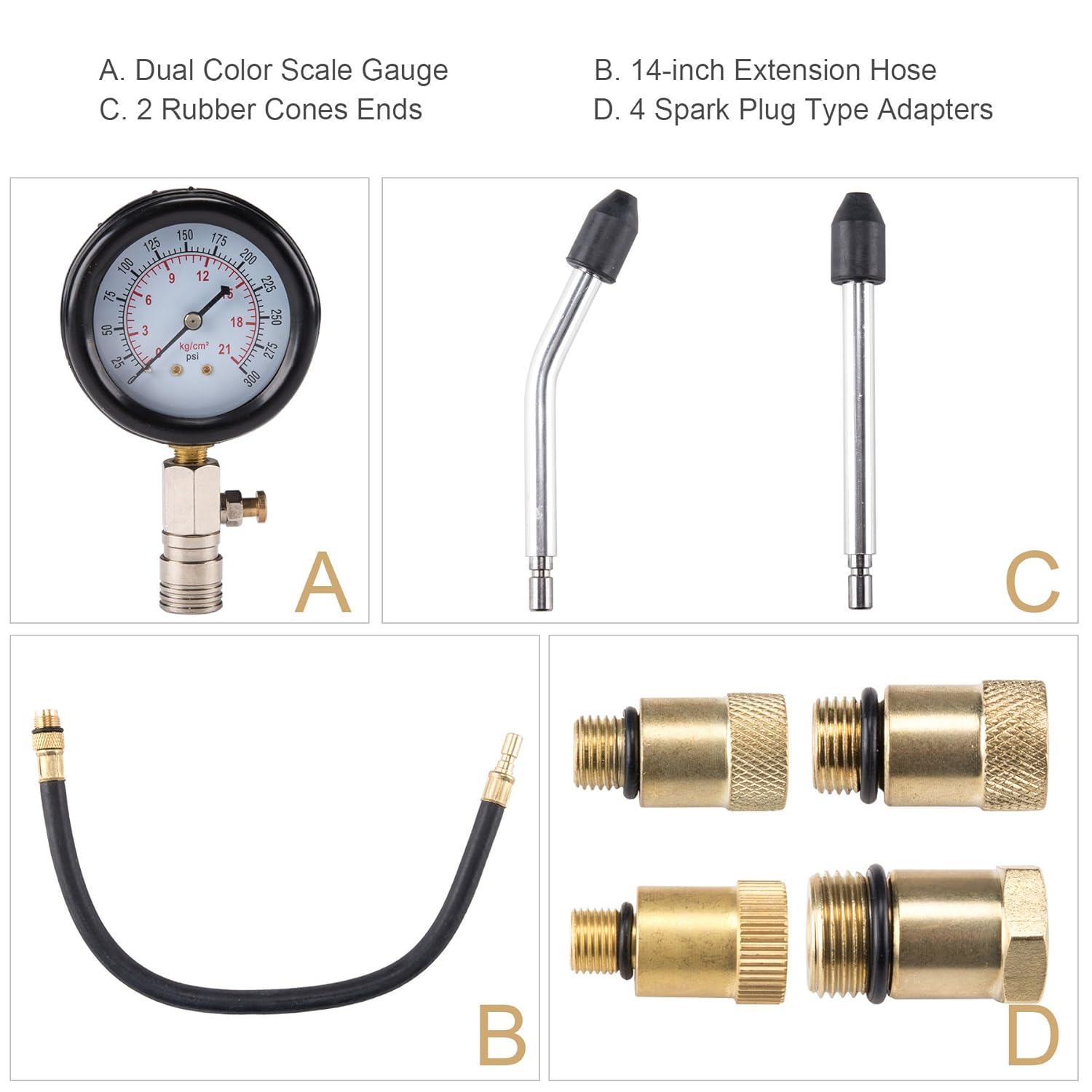 https://www.cabletiesandmore.com/he...MI472p_prx6gIVTL7ACh0anQDuEAQYAyABEgL0AvD_BwE
https://www.cabletiesandmore.com/he...MI472p_prx6gIVTL7ACh0anQDuEAQYAyABEgL0AvD_BwE
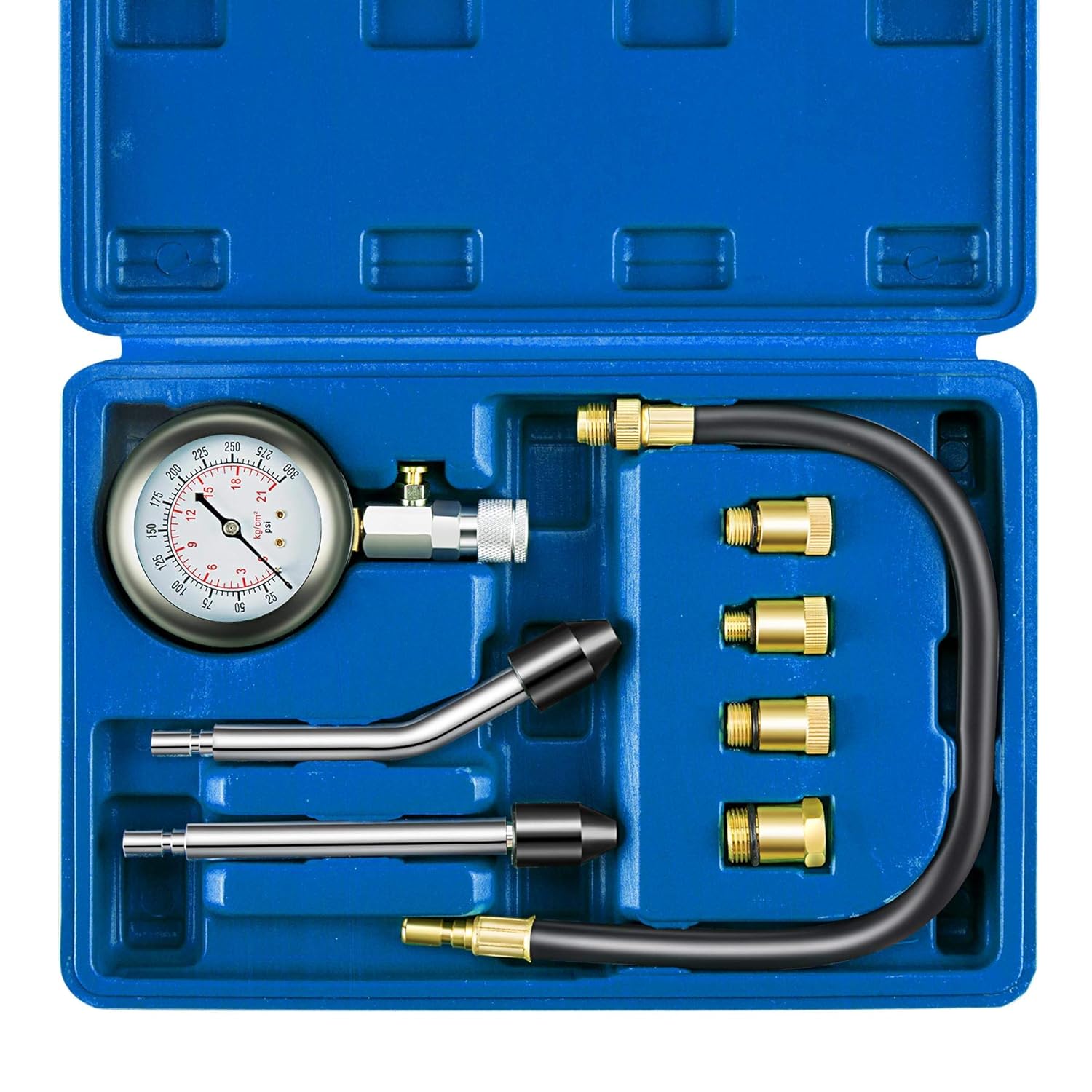
for this test you don,t need to verify compression or anything but sweep or engine displacement, you can do this in about 30 minutes or less rather easily.
https://www.speedwaymotors.com/Speedway-Engine-Cubic-Inch-Tester-Tool,703.html
https://static.speedwaymotors.com/pdf/550-3200.pdf
you can pay over $1000 for a pro engine displacement test kit or less than $60 bucks to measure engine displacement rather accurately if you take your time and measure accurately with far less but still useful tools you can locate locally.
https://spicerparts.com/calculators/engine-displacement-calculator
https://www.cabletiesandmore.com/he...MI472p_prx6gIVTL7ACh0anQDuEAQYAyABEgL0AvD_BwE
https://www.amazon.com/Plastic-Wate...t=&hvlocphy=9012039&hvtargid=pla-568973274459
a couple 100 cc syringe tubes may be handy of change/adjust fluid levels during the displacement test

youll need a few tools but you won,t need the gauge only the adapter and hose from the compression test kit and a couple 1000cc containers marked in cc volume
a bit of duct tape and a couple quarts of MMO and a good idea of what your doing.
you verify the engine displacement by using this formula
bore x bore x stroke x number of cylinders x .7854= cubic inches of displacement
16.3871 ccs = 1 cubic inch
lets say you have a SBC of unknown displacement, but you suspect its a 350 cubic inch
350 /8 = 43.75 cubic inches or 717 ccs of cylinder volume
if you think its a different size engine do the related math.
to find an engines displacement while the engines still in the car, without disassembly,
you do the following procedure (usually youll be within 4%) to get a very close but not necessarily exact answer
you'll need a few tools and a way to accurately measure fluid volume
https://www.amazon.com/Healthstar-Graduated-Triangular-Polypropylene-Laboratory/dp/B075CT5YWG

step one
verify the ignition wire to the coil is removed
and the rocker arms on the cylinder to be tested are temporarily removed
step two
remove all spark plugs and verify the dampers marked to indicate TDC
step three
select either cylinder #1 or #6
as TDC on the damper will apply to either one
step 4
find a breaker bar and socket that you can use to manually spin the engine over easily with using the damper bolt while you can verify TDC (TOP DEAD CENTER)
step 5
youll need a compression test tool and the spark plug adapter fitting that fits your engine and the hose and 1-2 quarts of marvel mystery oil as a checking fluid
and a funnel so you can spin the engine to TDC,
with a funnel on the tube to the spark plug adapter,
you screw the spark plug adapter into the cylinder head, attach the hose so its basically vertical,
use heat shrink tube to attach the funnel to the compression test tube and adapter
tape the hose and funnel so its location is vertical and well supported and sturdy.
before you start adding MMO ,place a very easily seen magic marker line on the side of the funnel at its narrowest point
you can see easily as a reference point.
with the cylinder at TDC pour in as much MMO as the cylinder will hold then have a buddy slowly add additional MMO oil or fluid as you turn the engine to BDC,
continue to turn the cylinder until there's at least 150cc in the cylinder, continue to rotate back to TDC,
yes some fluid will be pushed back out along with trapped air as the piston reverses direction and you return to TDC.
because the combustion chamber and quench area varies and could be anywhere in about the 130cc-60cc range.
you don,t need to know anything about the exact combustion chamber or quench volume at this point other than the trapped air is now forced out, this might take repeating the cylinder fill and several full repeated rotations in some cases before the trapped air is no longer there.
once your back at TDC with no air escaping,
the volume above piston and combustion chamber volume should now be full of MMO at TDC
once you're no longer getting air out of the cylinder with both valves seated because you removed the rockers,
when the rockers are removed and the pistons at TDC,
you consider that as the zero volume level,
now as you lower the piston to BDC once more,
start with the 1000cc measuring container carefully filled to the 1000cc level and the oil in the funnel at the magic marker reference line indicating its full at TDC,
be sure to accurately measure the added volume of MMO you use to fill the cylinder at TDC as the piston moves to BDC ,
as the piston moves to BDC
(BOTTOM DEAD CENTER)it will suck in more oil,
this will be your cylinder volume within 2%-3% if you measured correctly,
now lets say it took 785 cc of MMO to fill the cylinder to the funnel; mark at BDC
785cc x 8=6277 or divided by 16.387= a 383
if it took 717cc x 8=5736cc divided by 16.387= 350 cubic inches
once you have the measurements accurately done replace all the spark plugs except the cylinder you used to measure displacement and remove the adapter from the spark plug threaded hole, now don,t use the starter,
manually turn the engine over several times with only the exhaust rocker in place, and properly adjusted, reconnect the ignition wiring, and coil wire.
don,t insert a spark plug in the tested cylinder but do re-install the intake rocker and adjust that and the exhaust rocker before you test to start the engine with only the 7 non- oil-contaminated cylinders connected, it will maker a lot of noise and spray a bit of oil mist but it won,t do the engine any real harm to start it and let it purge oil mist out the missing spark plug hole,
as it runs for let's say two minutes, once that's done, replace the spark plug, it will cause the engine to smoke for a couple of minutes as the rings burn off the excess MMO but that will rapidly clear up.




https://www.amazon.com/PMD-Products...t=&hvlocphy=9012039&hvtargid=pla-567833388169
ONLY PARTS B and D from the compression test tool will be used. make sure the adapter and hose are clear and open and oil easily flows through both


Last edited:
